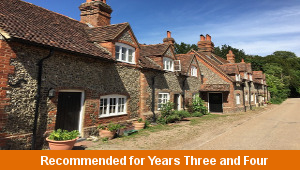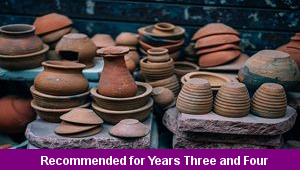Lesson Three – World Travel

This maths teaching pack for Key Stage Two gets the children to model how to use a formal method of written multiplication to solve a range of different problems when multiplying pairs of four and two digit numbers.
The class can explain how to use number facts to complete each individual step when multiplying a pair of numbers including the use of the times tables calculations.
Download this teaching pack including a lesson plan, classroom activities and an interactive presentation to model how to use a formal method of written multiplication to solve a range of different problems when multiplying pairs of four and two digit numbers
Activities in this teaching pack include a set of differentiated worksheets to identify and record how to solve problems related to world travel for a range of types of transport using a formal method of written calculation to multiply pairs of four and two digit numbers.
The interactive presentation gets the children to explore how to use a formal method of written multiplication to solve problems when multiplying pairs of four and two digit numbers.
This lesson is part of a maths scheme of work to get the children to practise using formal written methods to multiply three and four digit numbers by two digit numbers to solve a range of real world and abstract multiplication problems. There are teaching activities for shared learning, differentiated worksheets to support independent learning and interactive presentations to introduce concepts and key skills.
-

Cities, Towns and Villages
Research and present the history of a range of different buildings and people that are part of the local community using a school exhibition
-

Recycling
Research and present some of the benefits and disadvantages that can be produced when recycling different materials at home and in school
-

Viking Pots
Develop and refine a range of different art and design techniques when working with clay to make pots that represent Viking culture and traditions
-

Bronze Age
Research and illustrate how life in Britain developed and changed during the Bronze Age including the growth of communities and trade
